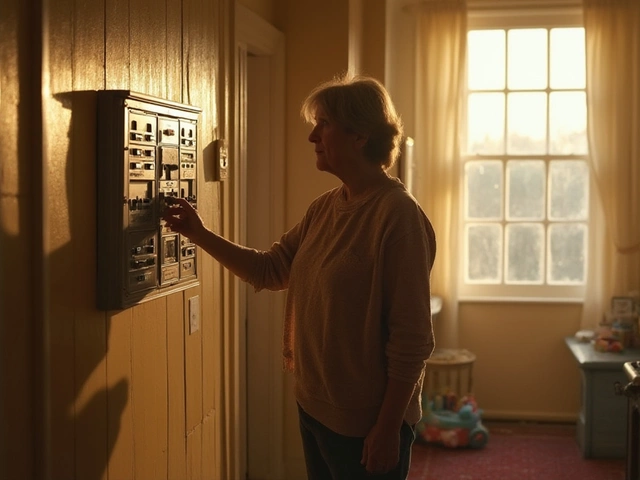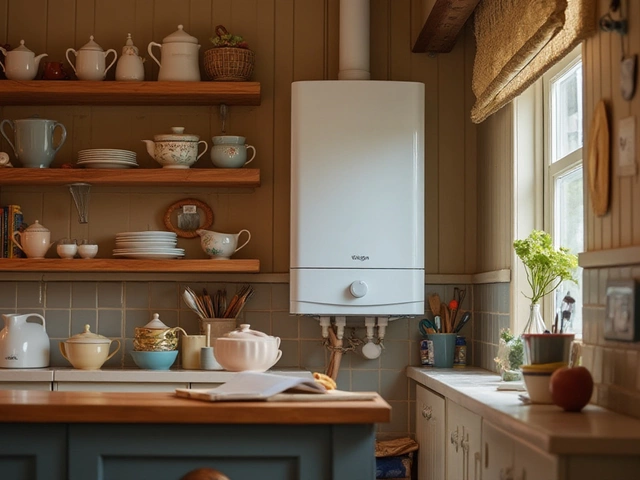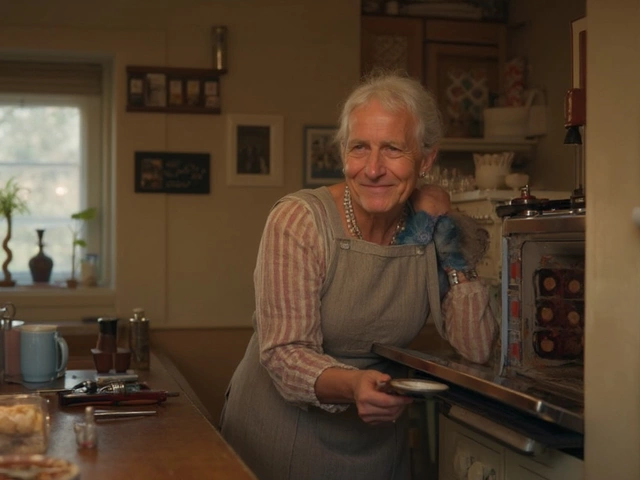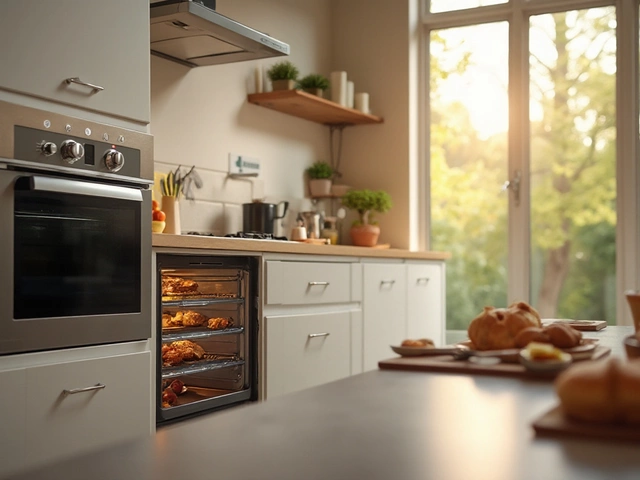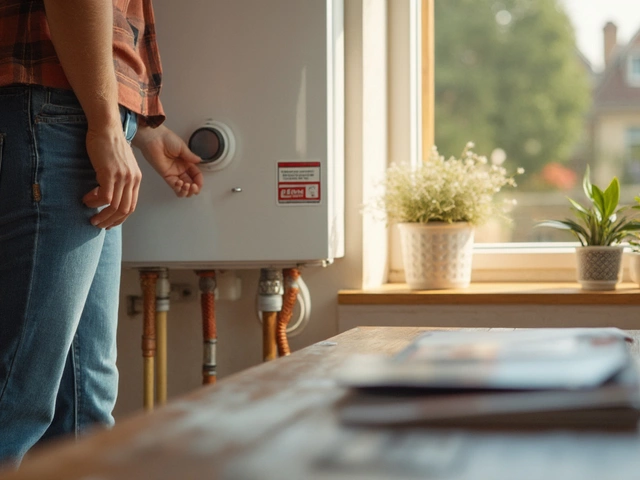Should You Turn Off the Breaker When Resetting Your Water Heater?
July 30 2025Broken Oven? What’s Wrong and How to Fix It
If your oven suddenly won’t heat, makes strange noises, or shows error codes, you’re probably wondering what went wrong and if you can sort it yourself. A broken oven can be frustrating, but many issues are simple enough to diagnose with a few checks. In this guide we’ll walk through the most common symptoms, give you step‑by‑step tests, and tell you exactly when to stop DIY‑ing and call a certified gas engineer.
Spot the Symptoms
First, figure out what the oven is actually doing (or not doing). Here are the usual clues:
- No heat at all: The oven lights up but stays cool. This often points to a faulty heating element or a failed thermostat.
- Uneven heating: Hot spots or cold zones mean the element is damaged or the sensor is off‑track.
- Strange smells or sparks: That’s a red flag for electrical issues – turn the oven off immediately.
- Error codes: Modern ovens display numbers like “F78”. Look them up in the manual; they usually indicate a specific sensor failure.
- Door won’t lock: A broken latch can stop the oven from starting for safety reasons.
Write down exactly what you see – it makes the next steps a lot easier.
DIY Checks Before You Call Help
1. Power supply – Make sure the oven is actually getting power. Plug another appliance into the same socket or reset the circuit breaker. If the display is blank, you might have a simple electrical fault.
2. Reset the oven – Some glitches clear after a hard reset. Turn the oven off, wait a minute, then switch it back on. Many error codes disappear this way.
3. Look at the heating element – Open the oven, locate the metal coil (electric) or the burner (gas). If it’s cracked, broken, or covered in heavy grime, clean it gently with a non‑abrasive brush. A broken coil needs replacement.
4. Test the thermostat – If you have a multimeter, set it to continuity and check the thermostat terminals. No continuity means the thermostat is dead and should be swapped.
5. Check the door seal – A warped gasket lets heat escape, causing the oven to think it’s not hot enough. Replace the seal if it’s cracked or brittle.
These checks usually take under 30 minutes. If anything feels beyond your comfort zone – especially gas connections or electrical components – stop and call a professional.
When to Call a Certified Gas Engineer
Gas ovens add another layer of risk. If you notice any of the following, it’s time to call the experts at Bedford Gas Appliance Repair Services:
- Smell of gas or a hissing sound.
- Repeated error codes after a reset.
- Burner won’t ignite or clicks without lighting.
- Any sign of exposed wiring, scorch marks, or blown fuses.
- You’re unsure about handling the gas valve or igniter.
Our certified engineers can safely test the gas pressure, replace igniters, and certify that everything meets UK gas safety regulations. They’ll also give you advice on preventative maintenance to keep the oven running smoothly.
Remember, safety comes first. A broken oven is annoying, but a gas leak is dangerous. When in doubt, pick up the phone and let a professional handle the risky parts.
Got a broken oven that’s acting up? Try the quick checks above, and if the problem sticks around, schedule a visit with our experienced team. We’ll get your oven back to baking, roasting, and heating in no time – safely and efficiently.
 6 Feb
6 Feb
Why Did My Electric Oven Suddenly Stop Working?
Wondering why your electric oven might suddenly stop working? This detailed guide explores common reasons behind sudden oven malfunctions such as power issues, blown fuses, and faulty components. Learn practical troubleshooting tips to identify and possibly fix these problems yourself. Understand when it's best to call in professional repair services to prevent further damage. Get informed and regain control of your kitchen appliances.
Read More...